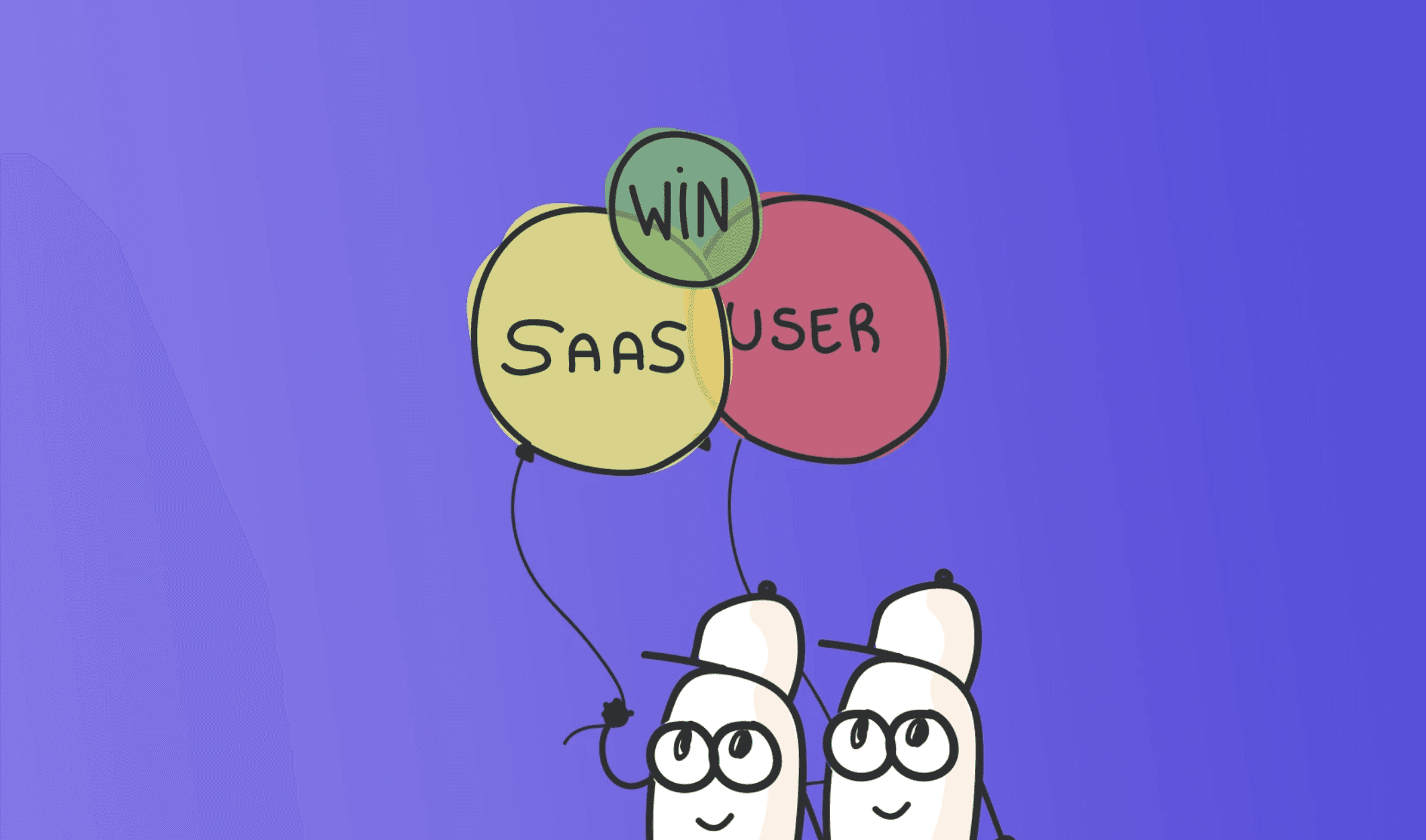
Design and development are crucial roles necessary to bring any product from concept to market. After consulting experts at Delve, a leading digital design agency, and conducting comprehensive research on the nuances between product design and development, we have pinpointed the core differences and synergies between these two disciplines.
From the beginning to the end, each phase of a product's lifecycle requires meticulous coordination between product design and development for a successful outcome.
What is Product Design?
Product design encompasses the creative process of developing a product, focusing on aesthetics, functionality, usability, and ergonomics. This involves several key stages:
Collaborating with engineering teams to develop prototypes that meet customer requirements or industry standards.
Visualizing ideas through sketches, illustrations, or 3D CAD programs.
Building physical models for user testing.
Dave Franchino, President of Delve—a leading product design and development company—notes that "a product is essentially a solution sold to fulfill a need." Achieving this requires a keen eye for detail and an understanding of how people interact with products, necessitating an adherence to product design principles and awareness of current trends.
Many businesses now opt to outsource their product design and development services to specialized firms that can offer effective strategies and bring innovative product ideas to life, supporting the business’s bottom line.
What is Product Development?
Product development involves a multi-stage process that includes the design, creation, and marketing of new products, whether they are physical consumer goods, industrial product design and development, or digital products design and development. It necessitates collaboration across various departments—product management, design, engineering, marketing, and sales—to ensure the product is functional, user-friendly, and satisfies market demands.
The product development and design process includes material selection, tooling, manufacturing, safety assessments, cost analyses, life-cycle management, and usability testing.
Product Design vs. Product Development: 7 Key Differences
Product design focuses on the aesthetic aspects of a product—its shape, size, color, and texture.
Product development emphasizes functionality and usability.
Design involves creating initial sketches and prototypes; development requires detailed technical specifications and drawings.
Design tests products through user feedback; development engages in extensive prototyping and quality assurance.
Design can reduce manufacturing costs; development optimizes resource use for cost-effectiveness.
Design aids in making products scalable for upgrades; development ensures quality during production scaling.
Designers need creativity; developers require technical and analytical skills.
10 Stages of Product Design
Brainstorming
Defining the product
Executing user research
Sketching
Prototyping
Compiling specifications
Getting factory samples ready
Testing the samples
Initiating the production process
Quality assurance
7 Stages of Product Development
Idea generation
Market research
Planning
Prototyping
Sourcing
Estimating costs
Marketing
3 Product Design Best Practices for 2024
Understand the Product’s Rationale and Realities: Assess what the product should solve for users, its features, and production costs.
Foster Relationships with End Users: Develop deep insights into user needs and preferences.
Comprehend Your Brand and Market Position: Ensure the product fits with your brand identity and meets market demands.
Why Product Design and Development Are Crucial
Investing in product design and development offers substantial benefits:
Drives higher revenue and shareholder returns.
Enhances brand identity.
Enables quick response to market changes.
Improves customer retention and satisfaction.
Electronic product design and development, along with other specialized areas like flexible PCB assembly, continues to evolve, integrating more advanced technologies and methodologies to stay competitive and effective in meeting consumer and industrial needs. This evolution not only drives higher revenue and shareholder returns but also enhances brand identity and enables quick responses to market changes, thereby improving customer retention and satisfaction.
To Sum Up
The interplay between product design and development is fundamental to the successful launch of any product. While product design focuses on the aesthetics and user interaction, product development ensures the functionality and market viability of the product. Both are critical, and their collaboration can lead to innovative solutions that fulfill user needs and drive business success. As technology and consumer expectations continue to evolve, companies must embrace both product design and development services to stay ahead in competitive markets. By understanding and implementing best practices in both areas, businesses can create products that are not only desirable and viable but also technically feasible. In essence, the fusion of excellent design and meticulous development sets the foundation for products that resonate with users and excel in the marketplace.



